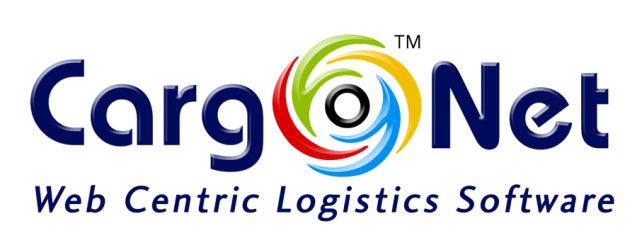The freight forwarding landscape is a dynamic sea, constantly navigating new technologies and evolving customer demands. Selecting the ideal software solution acts as your compass, guiding you towards efficiency, cost-effectiveness, and a competitive edge. Two primary software deployment options emerge: cloud-based and on-premise. But which one serves as the perfect captain’s chart for your freight forwarding voyage? Let’s delve into the strengths and weaknesses of each.
Cloud-Based Software: Setting Sail with Agility and Scalability
Imagine a world where your software is accessible from any port, at any time, on any device.
- Cost-Effectiveness: Ditch the hefty upfront hardware and software purchase costs. Subscription-based models allow you to pay only for the functionalities you require, making it ideal for startups or businesses with fluctuating needs.
- Effortless Scaling: Seamlessly adjust your software usage as your business expands. Cloud providers handle the infrastructure, eliminating the need to worry about expensive hardware upgrades or ongoing maintenance.
- Automatic Updates: Benefit from automatic software updates, ensuring you’re always using the latest version with the newest features and security patches. This frees your IT crew from manual update burdens.
- Accessibility and Collaboration: Access your software from anywhere with an internet connection, fostering remote work capabilities and collaboration with team members and clients scattered across the globe.
However, cloud-based freight forwarding software solutions also require some considerations:
- Internet Reliance: A reliable internet connection is essential for uninterrupted access to your software. Downtime due to internet issues can disrupt operations.
- Data Security Concerns: While cloud providers offer robust security measures, some businesses may prefer the perceived control of on-premise data storage.
On-Premise Software: Maintaining Control at Your Harbor
For businesses seeking complete control over their software and data, on-premise solutions offer a different approach:
- Customization: On-premise software can be customized to your specific needs and workflows, potentially offering a higher level of control over functionality.
- Data Security: Data physically resides on your own servers, potentially offering some companies a greater sense of security.
However, on-premise solutions also have their limitations:
- High Upfront Costs:Significant initial investments are required for hardware, software licenses, and a dedicated IT crew to manage and maintain the system.
- Limited Scalability: Scaling your software can be complex and costly, requiring additional hardware and software purchases.
- Manual Updates: IT staff is responsible for manually installing updates and security patches, which can be time-consuming and resource-intensive.
- Accessibility Limitations: Software is only accessible from within your network, limiting remote work capabilities and collaboration.
Charting Your Course: Tailoring the Choice to Your Business Needs
There’s no single treasure map when it comes to cloud-based vs. on-premise software. The ideal choice depends on your specific business needs, budget, and technological expertise. Consider these factors:
- Company Size and Growth: Cloud-based solutions are ideal for startups and businesses with fluctuating needs due to their scalability and lower upfront costs.
- Limited Scalability: On-premise solutions may be preferable for businesses with existing IT infrastructure and the resources to manage it in-house.
- Budget: Cloud-based software offers predictable subscription fees, while on-premise solutions require a higher initial investment.
- Security Concerns: While both options offer security measures, weigh your comfort level with data storage and choose the solution that best aligns with your needs.
The Future of Freight Forwarding: Embracing Uncharted Waters
Regardless of your choice, both cloud-based and on-premise solutions offer valuable functionalities to streamline your freight forwarding operations. Cloud-based solutions are gaining popularity due to their cost-effectiveness, ease of use, and scalability.
Ultimately, the best software solution is the one that empowers your business to operate more efficiently, gain valuable insights, and thrive in the ever-evolving world of freight forwarding.










